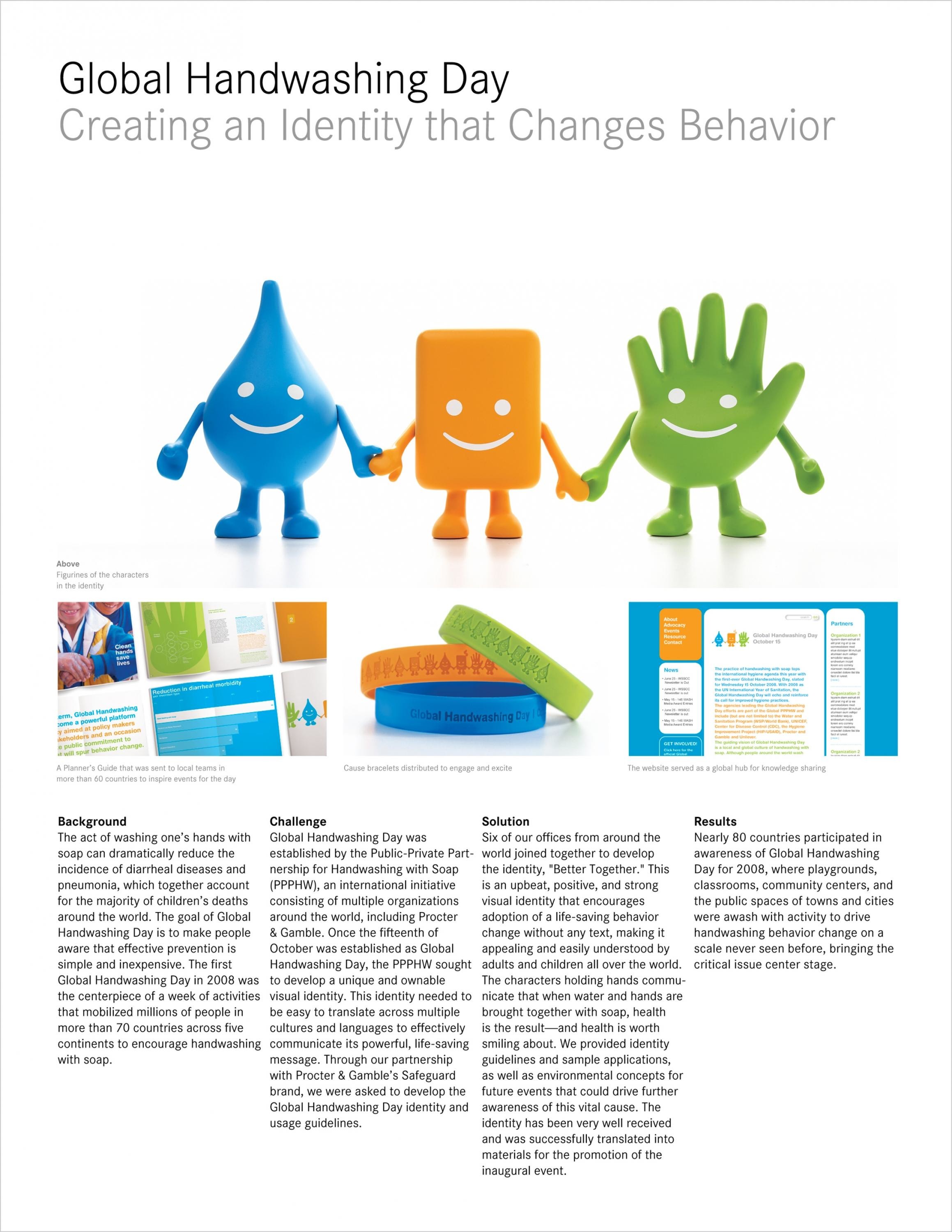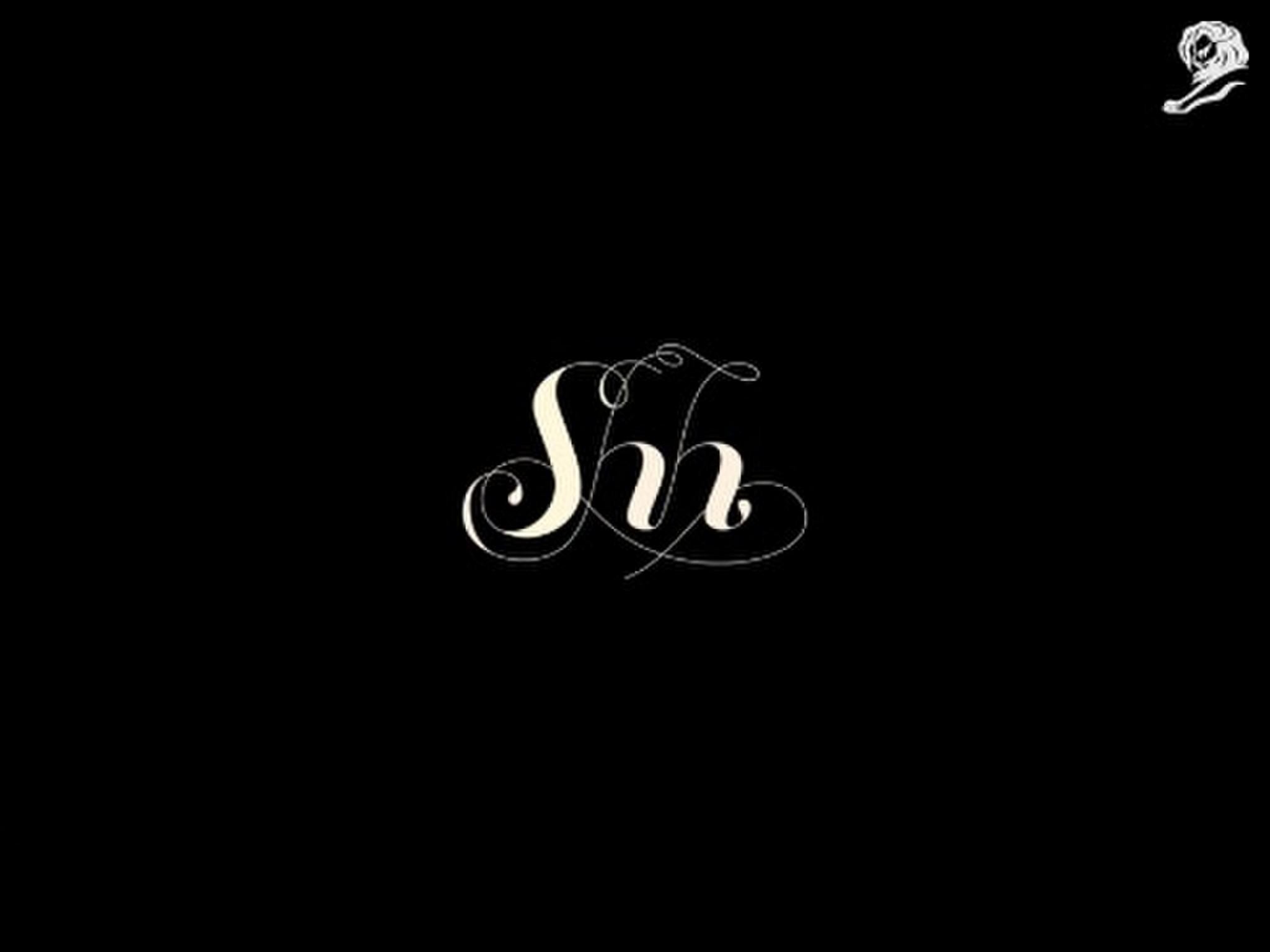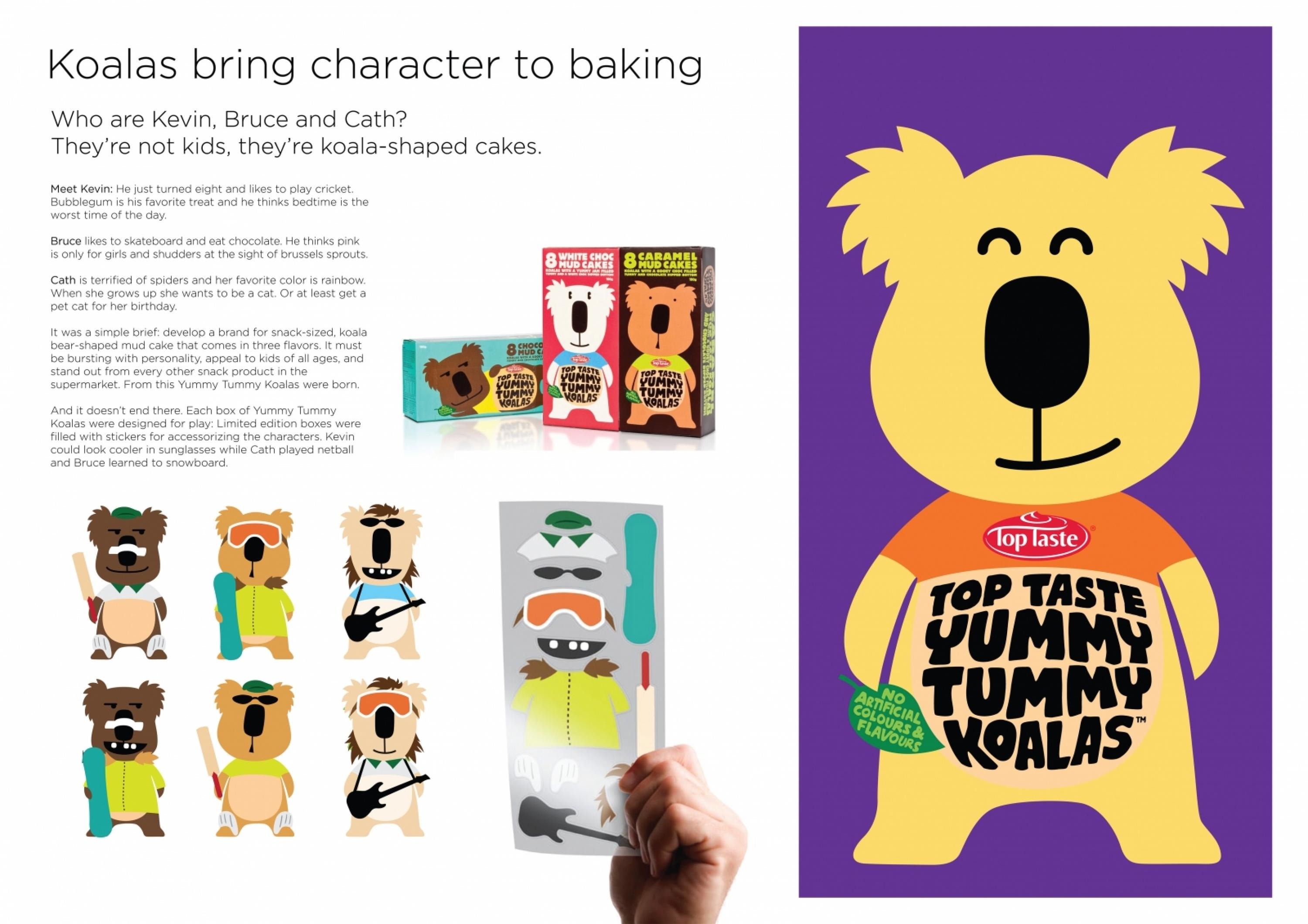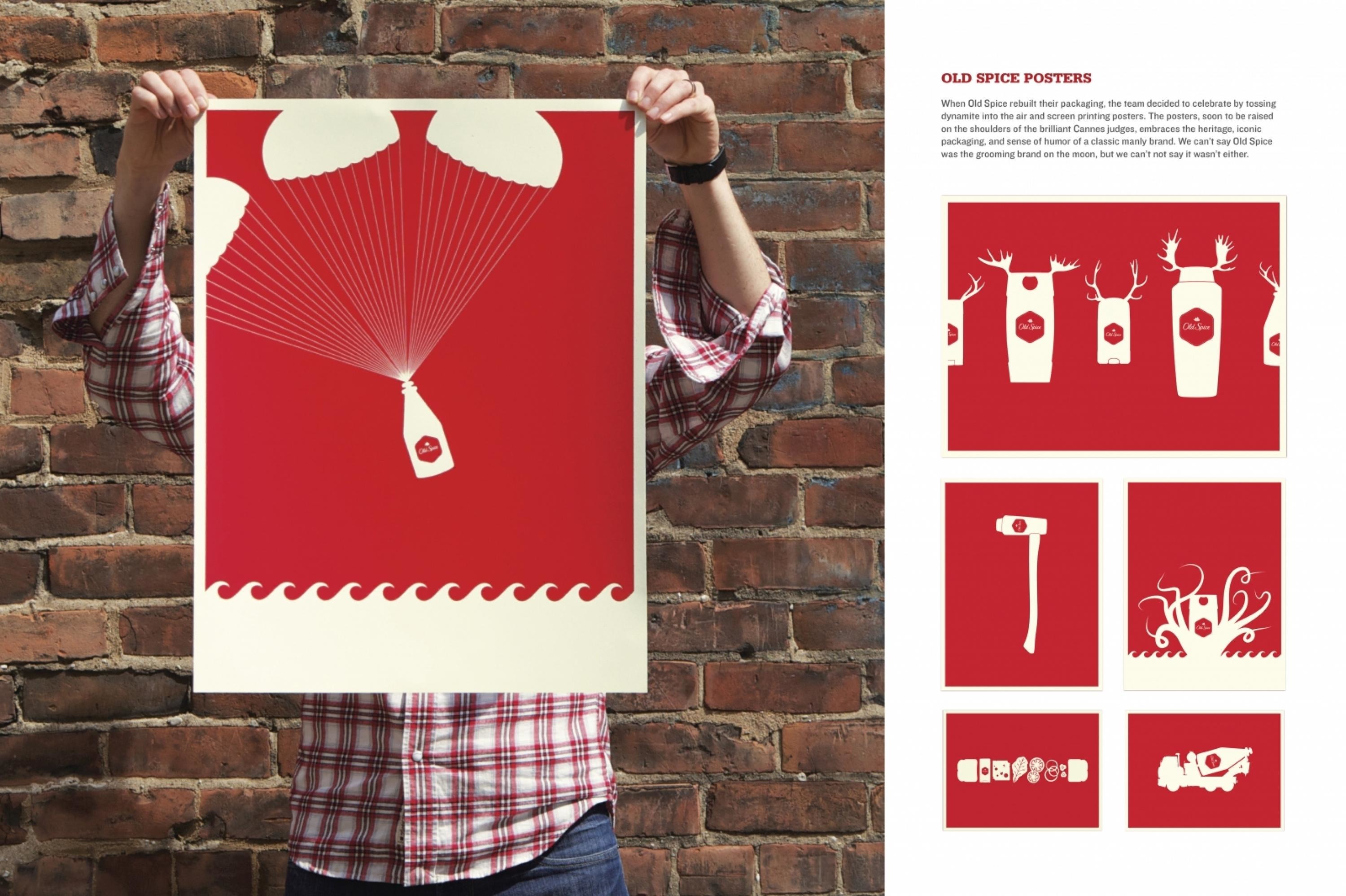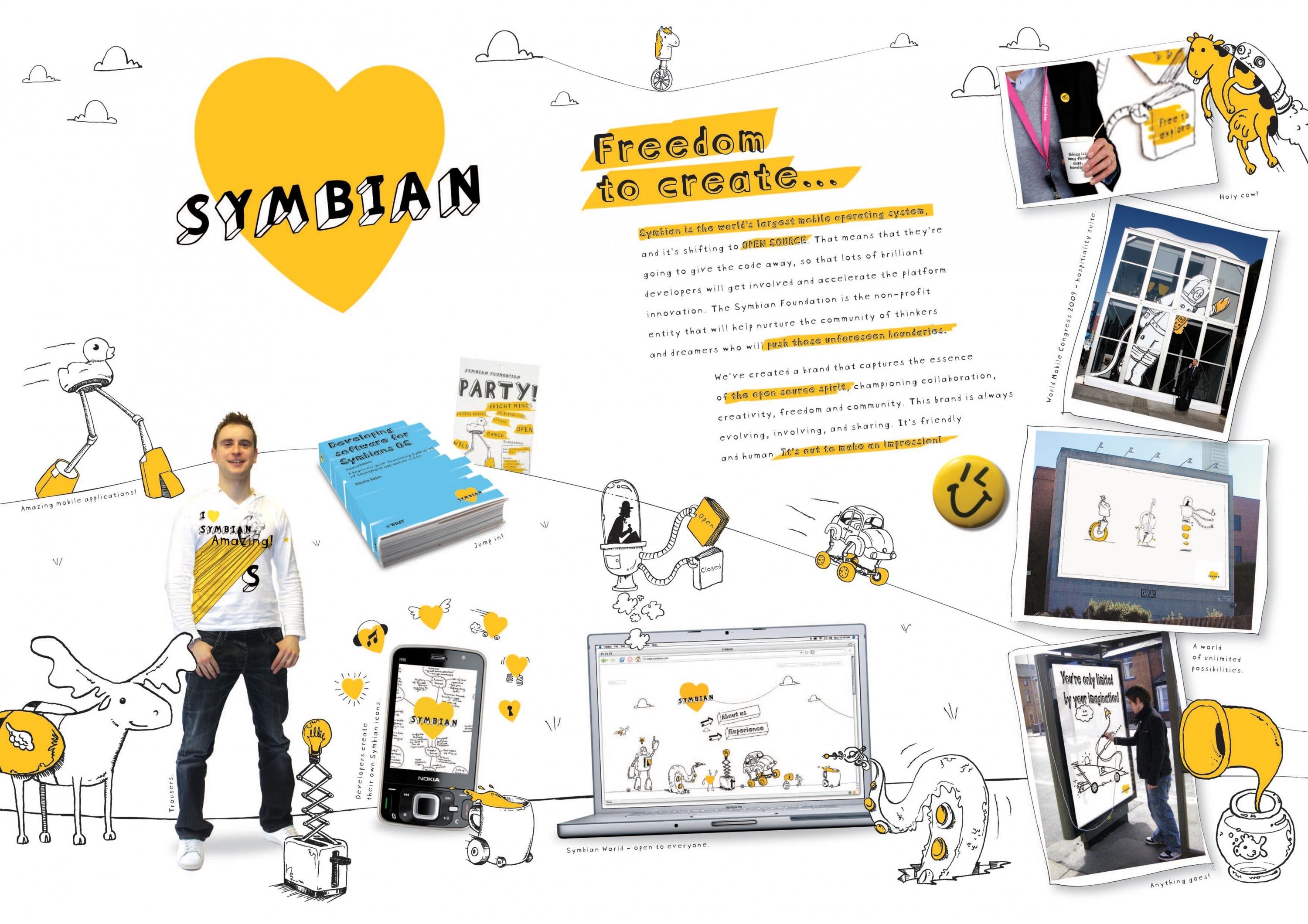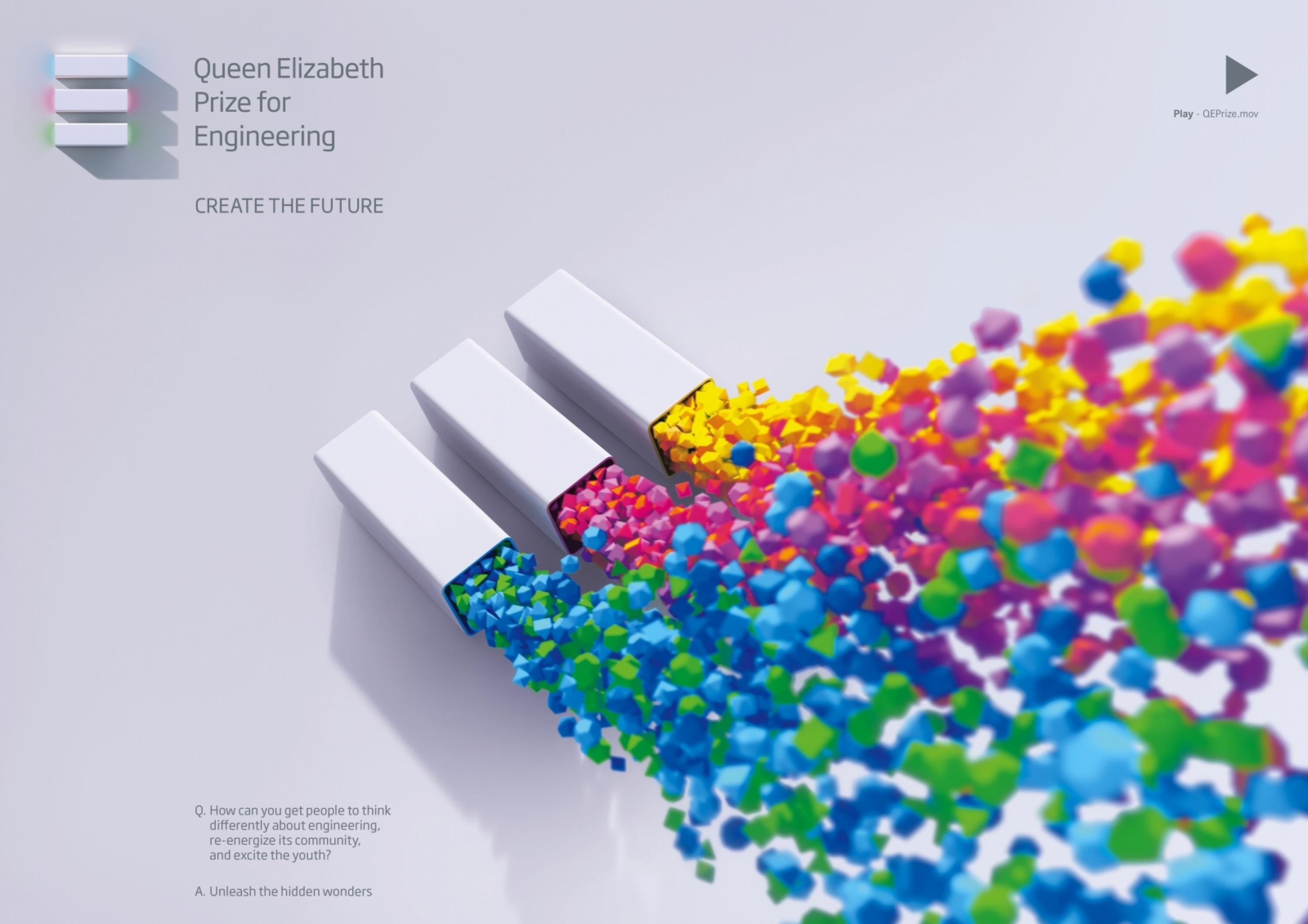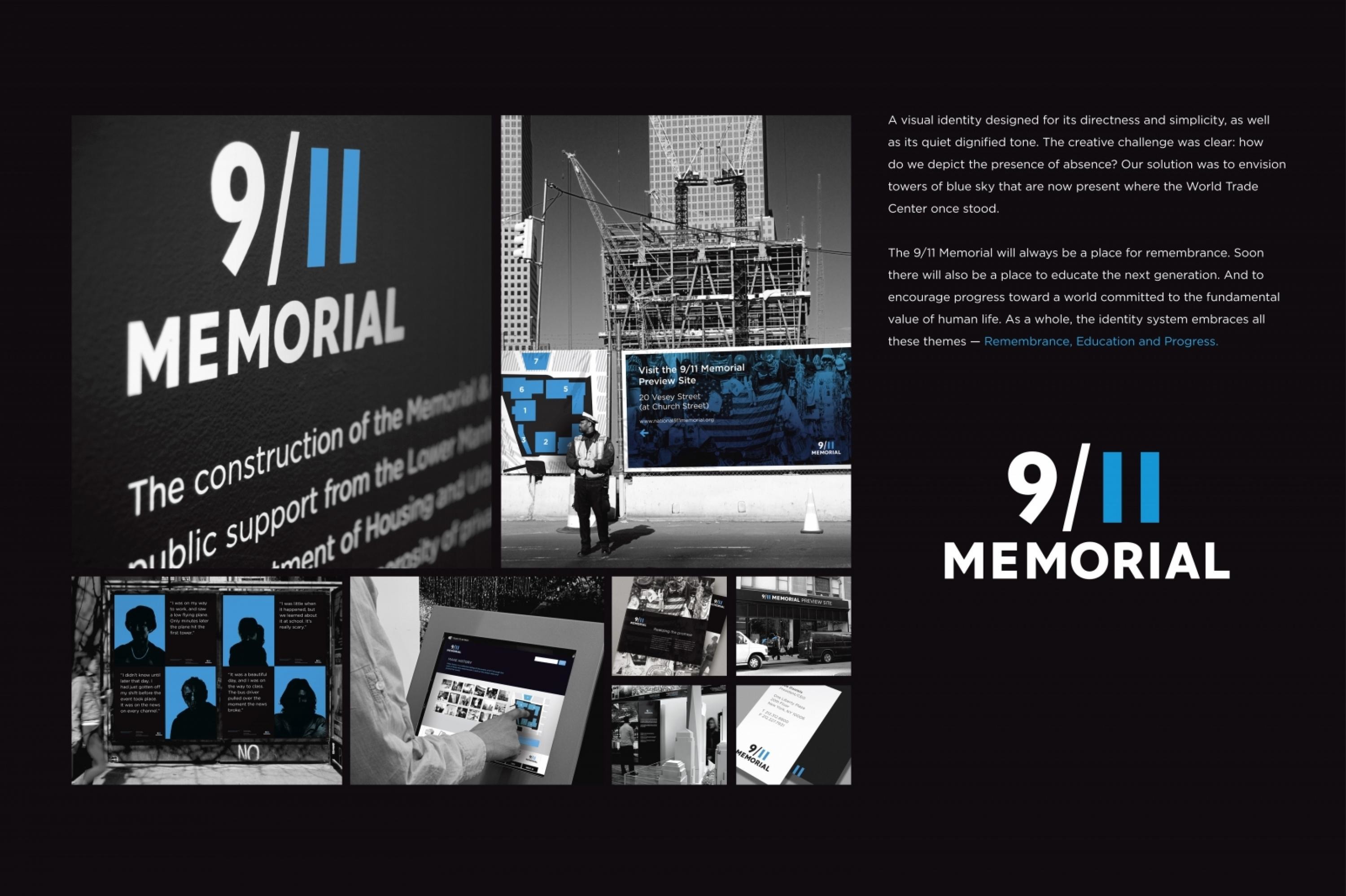Product Design Lions > Well-Being and Environmental Impact Design
CENTRAL PARK CONSERVANCY RECEPTACLES
LANDOR ASSOCIATES, New York / CENTRAL PARK CONSERVANCY / 2014
Awards:
Overview
Credits
Overview
BriefExplanation
Central Park in New York City opened in 1873 on 840 acres of city land. In 1858 Frederick Law Olmsted and Calvert Vaux won a competition to improve and expand an existing park on the site. The park is one of America’s most beloved, and with 40 million plus visits a year, most used public, urban spaces. The Central Park Conservancy works to restore, maintain, and enhance the park,
Trash and rodents are an incredible burden for the park. With a grant from Alcoa Foundation, the Conservancy enlisted the design firm to collaborate on a new waste and recycling initiative.
ClientBriefOrObjective
The brief was to design a new trash bin while identifying the Conservancy's contributions to the park. The design firm saw the assignment as one of not solely product design but of environmental stewardship. For the design team the ultimate solution had to simultaneously encourage visitors to recycle more; increase operational ease and efficiency; dialogue with the park's vernacular landscapes, and increase visitor awareness of the Conservancy’s contributions to the park. For the designers, this wasn’t about designing a new bin, it was an opportunity to use design as a change agent to educate visitors and modify their behavior.
Execution
A deployment plan was developed to make sure cans were placed at optimal locations for both usage and collection. The receptacles were developed using a combination of field interviews, an international best practices audit, and in dialogue with the park staff and the manufacturer, making them both effective and efficient.
Manufacturing of the cans was developed to be in keeping with the Conservancy's environmental mission. They are handmade from corrosion-resistant, aircraft grade aluminum alloy, containing 30% recycled content which is infinitely recyclable itself. The bins were then finished with a robust, but environmentally friendly triple layer powder coat.
Outcome
Innovations in the lid and hinge mechanism make the cans easier to use for both park staff and "urban miners"; the resilient finish makes them easy to keep clean and maintain; and as a result of the efficient and sustainable manufacturing process, they can be included in architecture projects for LEED (environment and energy efficiency) certification points throughout the USA. The true success of the placement plan, the suite and the new design has been the reduction of collection vehicles in the park; a decrease in pest infiltration; and a measured increase in recycling of over 35% since their installation.
Strategy
The project was a major trash and recycling initiative with the goals of increasing self-sort recycling by park visitors; improvements in ergonomic ease and operational efficiency for park staff; and a reduction in pest infiltration. We believed that simply filling the park with off-the-shelf trash cans was not the solution, and that a more strategic approach to addressing these issues needed to be developed. Additionally we felt the manufacturing process of the cans had to reflect the Conservancy's mandate of environmental stewardship. This required researching and utilizing sustainable - preferably recycled - materials and manufacturing processes.
More Entries from Well-Being and Environmental Impact in Product Design Lions
24 items
More Entries from LANDOR ASSOCIATES
24 items
